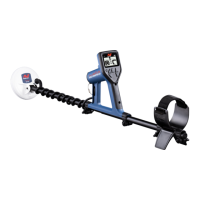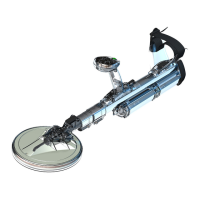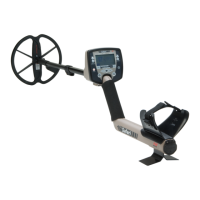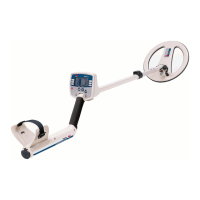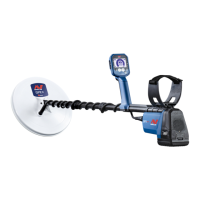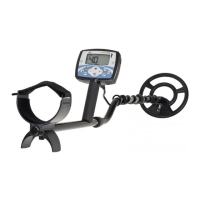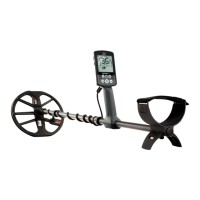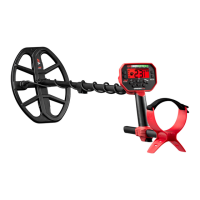CONTENTS
66
Solving Noise
IDENTIFYING THE SOURCE OF NOISE
Knowing what to do when your detector becomes noisy is a
key detecting skill. Accurately identifying the type of noise
you are experiencing will help you to apply the
correct solution.
Detectors are designed to process a range of complex
signals from targets, the ground, nearby electrical
equipment, and the environment. There are natural
fluctuations in the signals received by the detector
throughout an average detecting session — these changes
can result in the detector audio becoming noisy and erratic.
When detecting, there are generally three types of noise
that can be heard depending on the detector settings,
detecting location, or other factors.
Targets
Detected targets usually produce distinct, repeatable tones
that are not considered to be 'noise'.
Ground Noise
Ground noise is present when the metal detector interprets
the ground as being a target due to the changing mineral
content of the ground.
If detections are erratic but resolve when the Coil is raised
above the ground, this is likely caused by ground noise.
To resolve ground noise, adjust the
Ground Balance setting (page 55).
Electromagnetic Interference (EMI)
Crackling and popping sounds when the Coil is raised
into the air and held still. This is usually caused by
Electromagnetic Interference (EMI) due to stormy weather,
nearby power-lines or by other metal detectors operating in
close proximity.
To resolve EMI, Adjust the
Noise Cancel setting (page 57).
If you have tried Noise Cancel a few times and there is still
a lot of EMI present, you can try reducing the Sensitivity
Level, or try the single frequencies to see if they are
quieter. Each time you change the frequency, perform a
Noise Cancel.
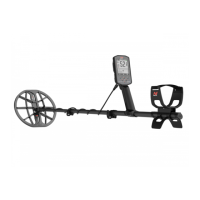
